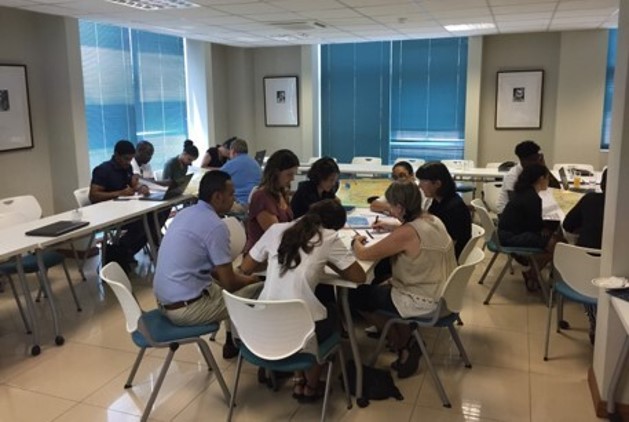AI-based crack gauge for rockfall
AI-based crack guage
KNPS
AI-based crack gauge
TV chosun
AI-based crack gauge for rockfall is a device that monitors the occurrence of rockfall and the crack displacements in real-time by installing an observation sensor in a rockfall risky area located along the trail. Since 2013, automatic and manual crack gauges have been installed on steep slopes with a high risk of collapse, and 525 units are currently in operation at 174 locations. The rockfall measuring device is divided into risk levels of 'interest, caution, alert, and serious'. In the interest stage, regular and frequent inspections are carried out. In the caution stage where cracks are less than 5 mm and less than 2°, monitoring is strengthened. In the alert stages, precise investigation and action plans for the disaster are prepared. In the serious stage, the adjacent trails are controlled and emergency measures such as rockfall removal are implemented.
Prior to the installation of the AI-based crack gauge, a dedicated investigation team composed of geologists and disaster prevention experts was established in advance to systematically manage rockfalls and steep slopes to investigate areas with risk of rockfall accidents along the trails of national parks. In addition, the safety hazardous areas were graded from A to E according to the degree of risk, steepness, and other geologic characteristics and converted into databases.
81 rockfall events have occurred in the national park during the last 10 years, resulting in 3 deaths and 6 injuries, damaging properties of about KRW 2.1 billion. However, since 2018, when the AI-based crack gauge was used, there has been no fatality or injury to visitors due to rockfalls. In addition, it took a lot of time and labor to inspect all the crack gauges installed throughout the national park one by one. With the saved time park rangers can concentrate more on park other management activities, which greatly improved the internal satisfaction.
